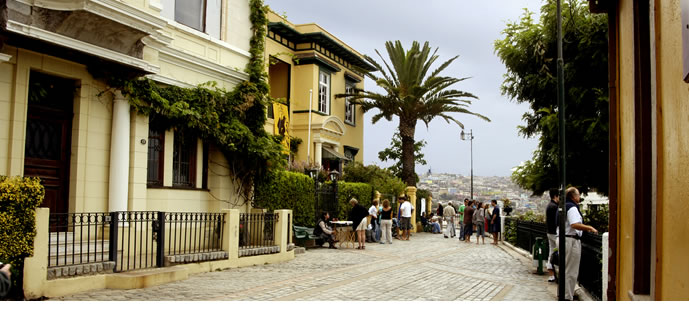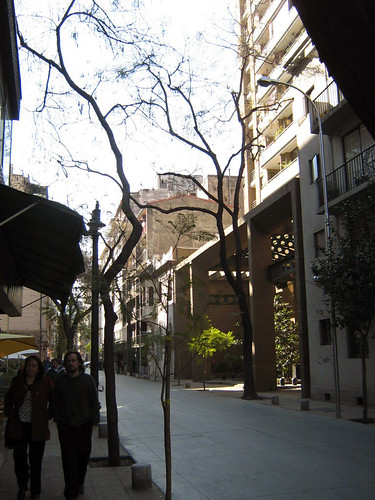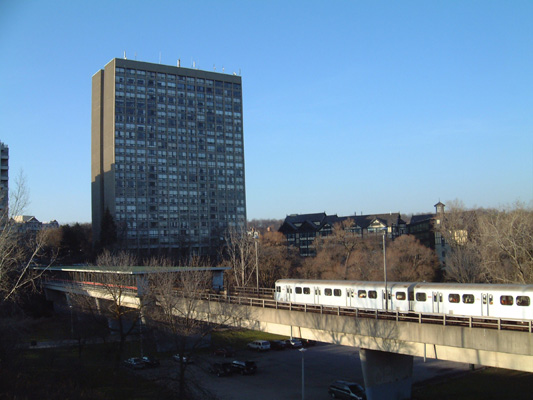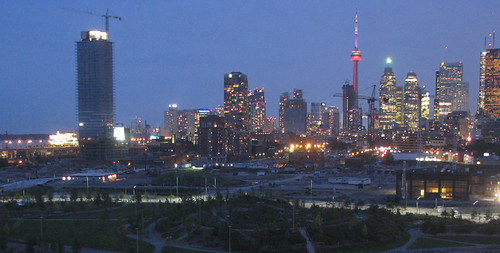ProjectEnd
Superstar
High marks? Surely. Pinnacle? Likely not.
Sure, design a city by a "professional body" and don't be surprised when the tourists avoid it like the plague. I don't think the average Canadian considers minimalist glass boxes to be beautiful or charming. I'll take a 1 St. Thomas over the sterility of glass box any day.
I think that the public choice is over-rated and after all, George Bush was a public choice and you can take it from there.
I actually live by the idea that 90% people do not have good judgment/sense.
I don’t think the general public has the tools required to evaluate architecture. It’s tough because the same thing goes for paintings and music and other art forms.
The problem is that by towering over what is essentially one of the few human-scaled places in Toronto where there is actually something to do, these developments are intruding into the peace it used to provide.
The buildings of Rockefeller Centre tower over the plazas at their base and yet those spaces function extremely well for the crowds that come at all times of the year. If anything the heritage buildings of the DD mitigate the effect of the towers when you are actually there.








The fact that Rockefeller Center isn't 'peaceful' doesn't diminish the fact that it is extremely successful as an urban space and popular with people, which is what I take to be the heart of your argument... and not to harp on NYC specifically but Central Park is also surrounded by high rise and I doubt that anybody would question how successful it is, and peaceful it can be too.
In the end though i don't disagree with your sentiments but only that I wouldn't rule out that tall buildings can achieve what you are describing. There are variables other than height that can make the difference, and the DD is a good example.
Would you suggest that the DD isn't a welcoming environment because of the presence of the tall buildings?

I don't think that these new developments are the end of the Distillery District, but the way in which they'll enhance it certainly isn't obvious.
Distinction: A Social Critique of the Judgement of Taste is a very compelling and persuasive argument showing how taste and aesthetic knowledge are often directly correlated with one’s social status--mainly education, income and social connections, and examines "how a person's taste is a product not just of their own innate desires, but is actually something that comes from that person's position in the social field".
The heart of my argument is that the Distillery District is unique in Toronto because of its historical significance, pedestrian friendliness, and human scale. The new skyscrapers intrude into the experience and make the area surrounding you feel small and insignificant in contrast to the towers.
While the DD is picturesque enough to survive these developments and maintain its current vibe, I do wonder if visitors in the future will see it and react like they react to this:

The podiums of the new buildings are actually quite permeable, and create new "alleyways" that vendors will be able to set up shop in. I think they will make it a more interesting place to visit, and the towers will also help to create the critical mass of people necessary to support the emerging midrise developments to the east.
